The Ansoff Matrix is a strategic planning tool that helps businesses determine their product and market growth strategies. It consists of four growth strategies: market penetration, market development, product development, and diversification. This blog post will explore how 360 virtual tours can fit into and benefit each section of the Ansoff Matrix.
Ansoff Matrix and Virtual Tours – How They Fit Together Extremely Well
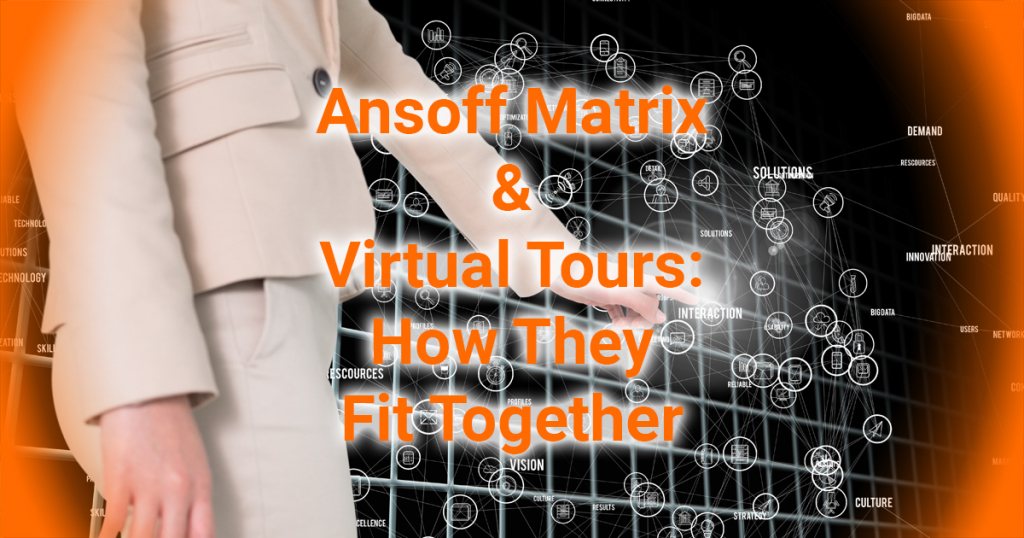
What is the Ansoff Matrix
The Ansoff Matrix, or Product/Market Expansion Grid, is a strategic planning tool that helps businesses determine their product and market growth strategies. Developed by Igor Ansoff in 1957, the matrix provides a framework for companies to identify and evaluate potential growth opportunities by analysing their current products and markets. The Ansoff matrix consists of four quadrants, each representing a different growth strategy: market penetration, market development, product development, and diversification. By understanding and applying the Ansoff Matrix, businesses can make informed decisions about their growth strategy and increase their chances of market success.
Market Penetration:
In the Ansoff Matrix, market penetration is the strategy of increasing market share for existing products or services in existing markets. 360 virtual tours can be a powerful tool for businesses looking to increase their market share by providing customers with a more immersive and engaging way to experience their products or services. Virtual tours are used in a variety of ways to increase market penetration in the Ansoff Matrix by:
Showcasing Products and Services in a More Interactive and Engaging Way to Potential Customers
Virtual tours provide potential customers an immersive and interactive way to experience products and services. This can be particularly effective in industries such as hospitality and tourism, where the customer experience is a critical factor in purchasing decisions. For example, a hotel can use a virtual tour to showcase its facilities to potential customers, including guest rooms, swimming pools, and restaurants. By giving customers a realistic and detailed view of the hotel’s amenities, they are more likely to be interested in booking a stay.
Providing Customers with a Detailed and Realistic View of Products and Services Can Help to Increase Trust and Confidence in the Brand
Virtual tours can build trust and confidence in a brand by providing customers with a detailed and realistic view of products and services. For example, a car dealership can use a virtual tour to showcase the interior and exterior of its cars to potential customers. Giving customers a realistic and detailed view of the car’s features makes them more likely to be interested in purchasing the vehicle.
Allowing Customers to See Products and Services in Different Environments, Can Help to Increase Their Perceived Value
Virtual tours allow customers to see products and services in different environments, which helps to increase their perceived value. For example, a wedding venue can use a virtual tour to showcase its facilities and decor to potential customers. By showing the venue decorated for different types of events, such as a wedding or a corporate event, customers can see the versatility of the space and the potential for their own events.
Overall, virtual tours can support market penetration by providing customers with an immersive and engaging way to experience products and services, building trust and confidence in the brand, and increasing the perceived value of products and services. By incorporating virtual tours into their marketing strategy, businesses can differentiate themselves from competitors and increase their market share.
Example: Below is the virtual tour for the Rydges Resort Hunter Valley; they promote their services and facilities with a 360 virtual tour to attract people in new and engaging ways. It’s a great way to show their resort, as they are 2 hours from Sydney. Plus, we integrated Live View technology so they can have Skype/Zoom/Google Meet style meetings with the tour to make it exceptionally personalised.
Double-click on the virtual tour for Rydges Resort Hunter Valley to make it go fullscreen, or click here
Example 2: Pink Caviar Events are a corporate event management company based in Sydney, Australia. It can be difficult to showcase an event’s true scale and scope unless you are there in person. By incorporating various events, clients can see their work/events scale, precision and range of their work/events as though they are their first-hand (especially through our VR integration). This strategy works perfectly into the Market Penetration aspect of their Ansoff Matrix to directly showcase and engage with new clientele.
Double-click on the virtual tour for Pink Caviar Events to make it go fullscreen, or click here
Market Development:
Market development is the strategy of entering new markets with existing products or services. 360 virtual tours can be a powerful tool for businesses looking to enter new markets by providing customers with a more immersive and engaging way to experience their products or services. Virtual tours can be used in the Ansoff Matrix in a variety of ways to support market development, such as:
- Allowing businesses to showcase their products and services to new customers in a more interactive and engaging way
- Providing customers with a detailed and realistic view of products and services can help to increase trust and confidence in the brand.
- Allowing businesses to reach new customers in different regions or countries, which can help to increase their market reach
Market development is a strategy to increase sales by expanding into new markets. 360 virtual tours can help businesses achieve this goal by showcasing products and services to potential customers not physically located in the same geographic area as the campus. Here are some ways that virtual tours can support market development:
Reaching New Geographical Markets and Expanding the Customer Base
Virtual tours can help businesses expand their customer base by reaching new geographical markets. For example, a museum can use a virtual tour to showcase its exhibits to potential visitors who cannot travel to the physical location. By providing an immersive and interactive way to experience the museum, it can attract visitors worldwide, expanding its reach beyond its immediate geographical area.
Creating a Consistent and High-Quality Customer Experience Across Different Locations
Virtual tours help businesses create a consistent, high-quality customer experience across different locations. For example, a restaurant chain can use a virtual tour to showcase its restaurants to potential customers. By providing a consistent view of the restaurant’s atmosphere, decor, and menu, customers can expect the same quality of experience at any location, regardless of its location.
Increasing Awareness and Interest in Products and Services in New Markets
Virtual tours help businesses increase awareness and interest in products and services in new markets. For example, a fashion retailer can use a virtual tour to showcase its clothing line to potential customers in new markets. By providing a realistic and detailed view of the clothing, customers in new markets can become more familiar with the brand and its products, increasing the likelihood of future purchases.
Overall, virtual tours can support market development by expanding the customer base, creating a consistent and high-quality customer experience across different locations, and increasing awareness and interest in products and services in new markets. By incorporating virtual tours into their marketing strategy, businesses can expand their reach and increase sales in new markets.
Example: THYNK Group are a B2B floor-tile company with multiple locations throughout NSW. They wanted to showcase their various showrooms and entire range to expand their reach throughout NSW while demonstrating their curated content at each site. Their showrooms are open by appointment only, so they wanted potential customers to walk through their range. This way, when a potential customer visits a showroom, their sales team can convert the sale much faster as the client feels they have already been to the location and are just curating their decision before they enter the store.
Double-click to make the tour go fullscreen, or click here to see all their showrooms!
Product Development:
Product development is a vital component of the Ansoff Matrix. This strategic planning tool helps businesses identify and evaluate potential growth opportunities. This strategy aims to increase sales by introducing new or improved products or services to existing markets. 360 virtual tours can support this goal by providing businesses with a powerful way to showcase new or enhanced products or services in an immersive and interactive way. There are several ways that virtual tours can support product development within the Ansoff Matrix, such as by providing a differentiated and engaging way to showcase new products or services and by allowing businesses to gather customer feedback and insights to inform product development decisions.
Introducing New or Improved Products and Services to Existing Markets
Virtual tours can help businesses introduce new or improved products and services to existing markets. For example, a furniture retailer can use a virtual tour to showcase its new furniture line to existing customers. By providing a realistic and detailed view of the furniture, customers can become more familiar with the brand’s latest products, increasing the likelihood of future purchases.
Enhancing the Customer Experience by Providing a Detailed View of Products and Services
Virtual tours can enhance the customer experience by providing a detailed view of products and services. For example, a theme park can use a virtual tour to showcase its new rides to potential visitors. Visitors can become more familiar with the theme park’s attractions by providing an immersive and interactive way to experience the rides, increasing the likelihood of future visits.
Providing a Differentiated and Engaging Way to Showcase Products and Services
Virtual tours can provide a differentiated and engaging way to showcase products and services. For example, a cosmetics company can use a virtual tour to showcase its new skincare line to potential customers. By providing a realistic and detailed view of the products, customers can become more familiar with the brand’s latest products, increasing the likelihood of future purchases.
Overall, virtual tours can support product development by introducing new or improved products and services to existing markets, enhancing the customer experience by providing a detailed view of products and services and providing a differentiated and engaging way to showcase products and services. By incorporating virtual tours into their product development strategy, businesses can increase sales by introducing new or improved products or services that meet the needs of their customers.
Example: Zushi is a chain of Japanese restaurants based in Sydney. They have an ever-changing menu and regularly update their decor. They wanted a Google Tour to showcase their evolving location to people on Google Maps of their updated menu and decor. In addition, by doing this, they can track how many people are looking at their Google Tour, see what areas and sections people are in and tweak what is needed based on consumer-based analytics.
Double-click in the Google Maps Street View Tour for Zushi Surry Hills to make it go fullscreen, or click here
Diversification:
In the Ansoff Matrix, diversification is a strategy to increase sales by expanding into new products or services and new markets. 360 virtual tours can help businesses achieve this goal by showcasing new products or services and markets in an immersive and interactive way. Here are some ways that virtual tours can support diversification:
Introducing New Products or Services to New Markets
Virtual tours can help businesses introduce new products or services to new markets. For example, a food company can use a virtual tour to showcase its new line of healthy snacks to potential customers in new markets. By providing a realistic and detailed view of the snacks, customers can become more familiar with the brand’s latest products, increasing the likelihood of future purchases.
Expanding into New Geographic Markets with Existing Products or Services
Virtual tours can help businesses expand into new geographic markets with existing products or services. For example, a hotel chain can use a virtual tour to showcase its properties to potential customers in new markets. Customers can become more familiar with the brand’s offerings by providing an immersive and interactive way to experience the hotels, increasing the likelihood of future bookings.
Providing a Differentiated and Engaging Way to Showcase New Products or Services
Virtual tours can provide a differentiated and engaging way to showcase new products or services. For example, a technology company can use a virtual tour to showcase its new line of innovative home products to potential customers in new markets. By providing a realistic and detailed view of the products, customers can become more familiar with the brand’s latest offerings, increasing the likelihood of future purchases.
Overall, virtual tours can support diversification by introducing new products or services to new markets, expanding into new geographic markets with existing products or services, and providing a differentiated and engaging way to showcase new products or services. By incorporating virtual tours into their diversification strategy, businesses can increase sales by expanding their offerings into new markets and introducing new products or services that meet the needs of their customers.
Example: TAFE NSW wanted to showcase their 140+ facilities located throughout NSW. While each campus has a range of curricula they provide, it can be hard to showcase the actual depth and range of facilities at each location outside of their immediate location/area. By providing various virtual tours curated to each facility type, TAFE NSW can showcase multiple locations to prospective students who would not usually think to go to that location.
Double-click on the virtual tour for TAFE NSW to make it go fullscreen, or click here
Conclusion – Ansoff Matrix and Virtual Tours
In conclusion, incorporating virtual tours into the Ansoff Matrix can be a powerful tool for businesses looking to grow and expand their offerings. Companies can identify growth opportunities and develop a targeted growth strategy by analysing their products and markets using the Ansoff Matrix. Adding virtual tours to the mix can enhance these growth strategies by providing a differentiated and engaging way to showcase products and services and reach new markets.
As businesses seek to remain competitive and stay ahead of the curve, incorporating virtual tours into their Ansoff Matrix analysis is becoming increasingly important. By leveraging the power of virtual tours, businesses can improve the customer experience, increase brand awareness and engagement, and ultimately drive sales and revenue growth. Therefore, it is clear that adding virtual tours to the Ansoff Matrix can have a significant positive impact on a business’s growth and success in the marketplace.
Are you an organisation, educational facility, government/council or multi-site facility looking to create a high-end virtual tour? Contact us on 02 9674 9090, schedule a consultation, or fill out the form on this page to start a conversation for your virtual tour to show how virtual tours add value to your marketing strategy and can be incorporated into your Ansoff Matrix. Happy to discuss how we can create a high-end virtual experience for your organisation, facility or multi-site location and design it to your needs.
Did we leave anything off explaining how virtual tours fit into the Ansoff Matrix? Do you use a virtual tour in your marketing strategy? Do you utilise the Ansoff Matrix in your company? Let us know in the comments section down below and let us know :)


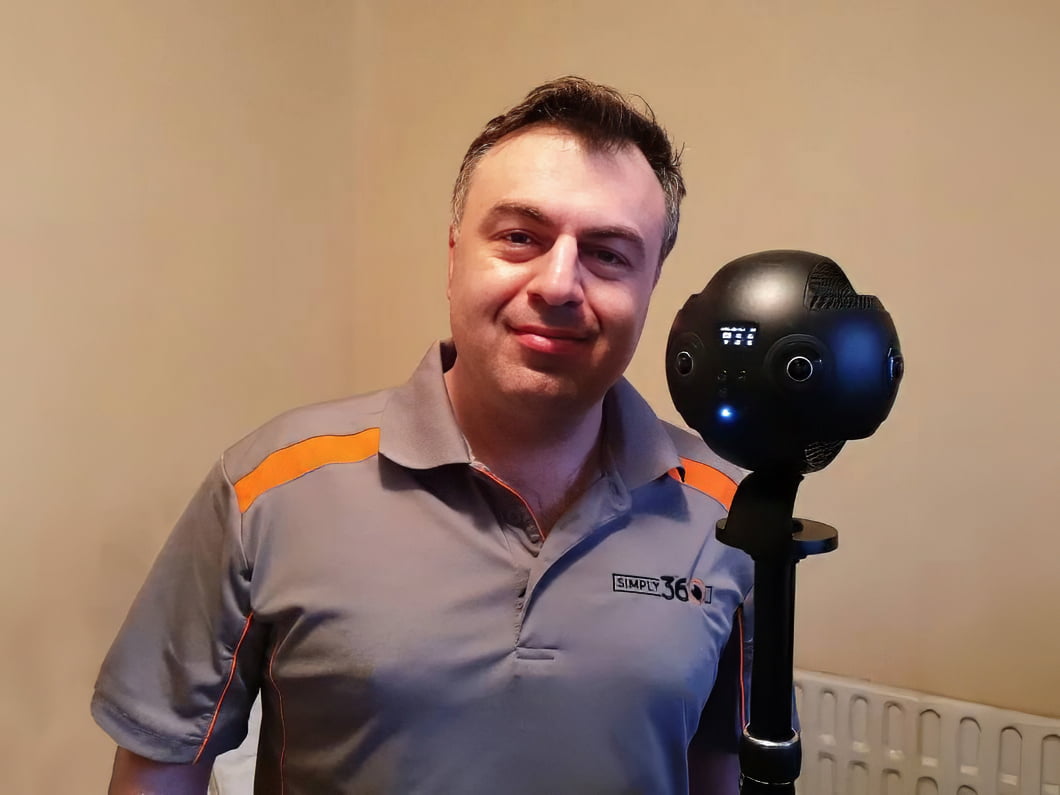


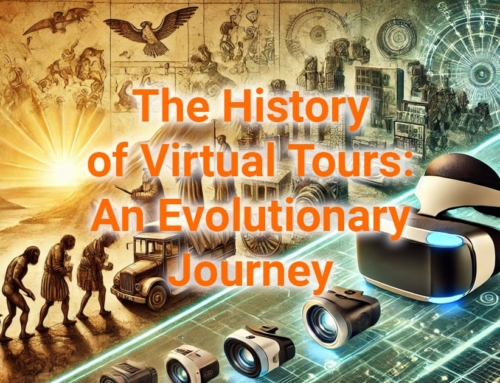
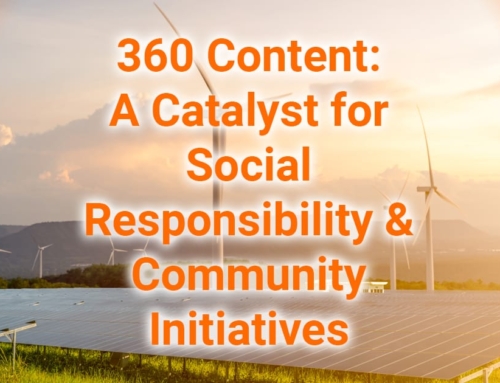
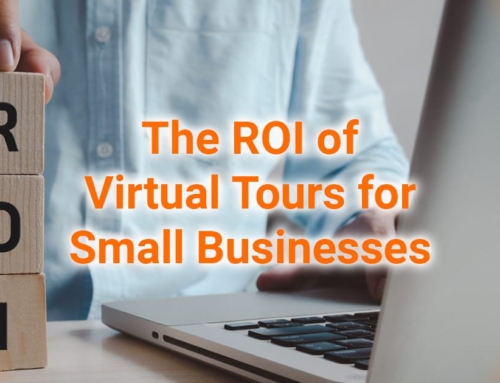
Thanks for sharing this informative article about “Ansoff Matrix and Virtual Tours – How They Fit Together Extremely Well”.
No worries, Ruhani, glad you liked it.
I very delighted to find this internet site on Bing; just what I was searching for as well saved to my fav.
Nice post. I learn something totally new and challenging on this website
There is definitely a lot to find out about this subject. I like all the points you made
I very delighted to find this internet site on Bing, just what I was searching for as well saved to fav
You’re so awesome! I don’t believe I have read a single thing like that before. So great to find someone with some original thoughts on this topic. Really.. thank you for starting this up.
I’m amazed by the depth of research put into this article. It’s well-referenced and reliable.
I appreciate you sharing this blog post. Thanks Again. Cool.
There is definately a lot to find out about this subject. I like all the points you made
This is my first time pay a quick visit at here and i am really happy to read everthing at one place
Great information shared.. really enjoyed reading this post thank you author for sharing this post .. appreciated
Great information shared.. really enjoyed reading this post thank you author for sharing this post .. appreciated
I just like the helpful information you provide in your articles
Awesome! Its genuinely remarkable post, I have got much clear idea regarding from this post
I wanted to express my appreciation for this post. It’s concise yet informative, and I’ve gained valuable insights from reading it. Thank you for sharing your expertise with us!
Nice post. I learn something totally new.
The way you explained how virtual tours align with the Ansoff Matrix was really helpful. It’s a smart way to look at digital tools through a strategic growth lens.
Hey! Your website is really cool whats the secret.
It’s simple, it’s virtual tours with insights in marketing :)